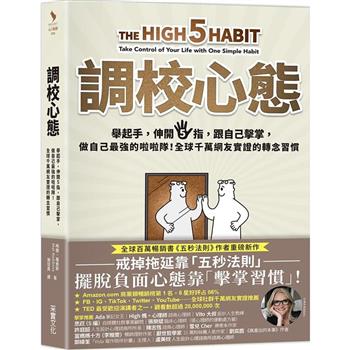The European Union (EU) and the World Trade Organization (WTO) are becoming ever more important players on the international legal scene, as well as points of reference for the development and functioning of similar institutions elsewhere. Both institutions initially had a relatively small trade-focused mandate, which has been significantly expanded over the past decades so that there are few legal issues today that are not, in some way, affected by EU or, perhaps to a lesser extent, WTO law. Today, the EU and the WTO interact on a global scale as rule-makers and - enforcers, with repercussions for the entire world’s population. Nevertheless, they are currently experiencing a backlash. Both institutions are likely to undergo major reform in the next years: the book scrutinizes current proposals and makes an educated attempt at predicting upcoming changes in the EU and the WTO format.
For this reason, the book takes a macro-approach looking at the EU and the WTO in a broader context as well as a micro-approach analysing specific high-profile issues, including:- the EU, the WTO and Brexit;
- environmental sustainability in EU competition law and free trade agreements;
- the EU’s proposed Carbon Border Adjustment Mechanism (CBAM);
- WTO safeguards and rules of origin in services;
- reform of WTO dispute settlement procedures and the Appellate Body;
- the WTO, the EU Green Deal and renewable energy investment;
- EU external relations with Mercosur, the EEA and Switzerland;
- EU human rights law and the freedom of artistic expression; and
- international trade law’s contribution to combatting pandemics.

 看圖書介紹
看圖書介紹









